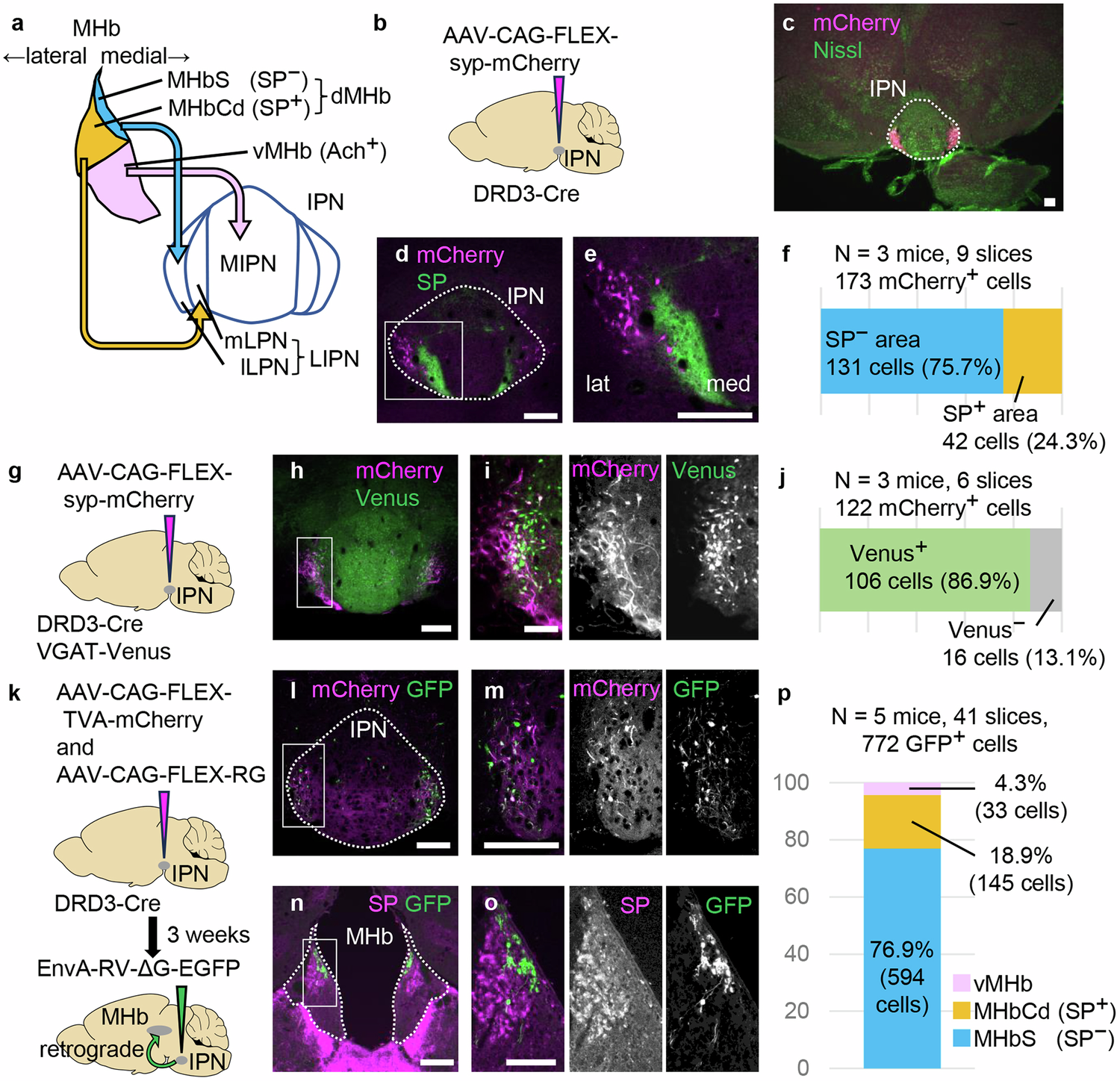2025-03-31 理化学研究所
<関連情報>
- https://www.riken.jp/press/2025/20250331_2/index.html
- https://www.nature.com/articles/s41380-025-02964-8
内側手綱核の上側部分から間脳核への神経経路が不安を抑制する The neural pathway from the superior subpart of the medial habenula to the interpeduncular nucleus suppresses anxiety
Takehisa Handa,Taku Sugiyama,Tanvir Islam,Joshua P. Johansen,Yuchio Yanagawa,Thomas J. McHugh & Hitoshi Okamoto
Molecular Psychiatry Published:26 March 2025
DOI:https://doi.org/10.1038/s41380-025-02964-8

Abstract
The medial habenula (MHb) and its projection target, the interpeduncular nucleus (IPN), are highly conserved throughout vertebrate evolution. The MHb-IPN pathway connects the limbic system to the brainstem, consisting of subpathways that project in a topographically organized manner, and has been implicated in the regulation of fear and anxiety. Previous studies have revealed subregion-specific functions of the cholinergic ventral MHb and a substance P (SP)-positive (SP+) subpart of the dorsal MHb (dMHb). In contrast, the dMHb also contains another subpart, a SP-negative subpart known as the ‘superior part of MHb (MHbS)’. Although the MHbS has been characterized from various aspects, e.g. distinct c-Fos responses to stressful events and electrophysiological properties compared to other subregions, many of its physiological functions remain to be investigated. Here we found that dopamine receptor D3 (DRD3)-Cre mice enable the labeling of the IPN subregion that receives the MHbS projection. The Cre-expressing somata within the lateral subnucleus of the IPN (LIPN) were concentrated in its most lateral area, which we refer to as the ‘lateral subregion of the LIPN (lLIPN)’. This region is characterized by the absence of SP+ axons, in contrast to the medial subregion of the LIPN (mLIPN) innervated by the SP+ axons from the dorsal MHb. Chemogenetic activation and genetically induced synaptic silencing of the DRD3-Cre+ cells reduced and enhanced anxiety-like behavior, respectively. Moreover, c-Fos expression was increased in the lLIPN under an anxiogenic environment. These findings suggest that the MHbS-lLIPN pathway is activated under anxiogenic environments to counteract anxiety.


